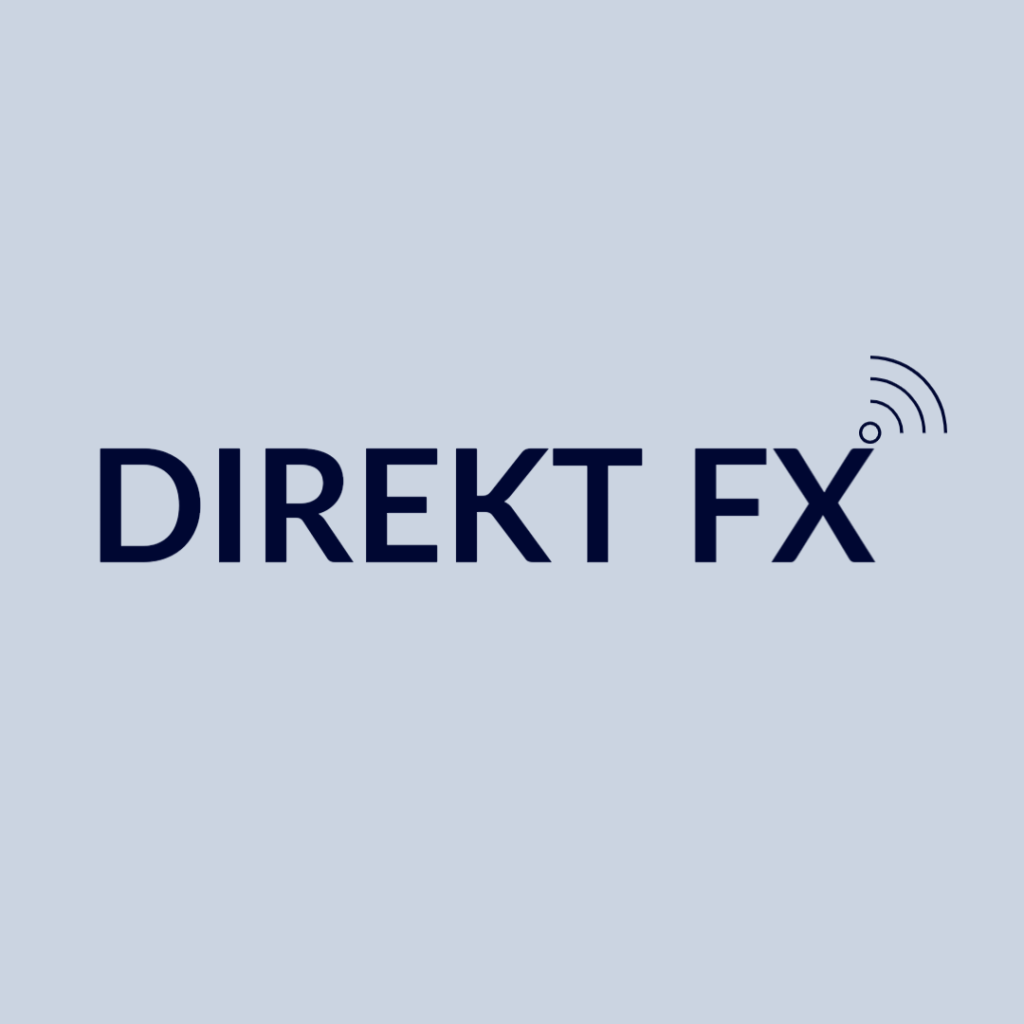
4 Best Indicators To Build Trend Following Strategies
The trend-following trading strategy capitalises on long-term movements in market prices. It profits from the direction of the trend rather than the specific price fluctuations. They are versatile and popular as they can be applied across various financial markets and conditions. Right indicators help identify and confirm the trends and enhance the effectiveness and profitability.
Indicators To Build Trend Following Strategies
Here are the 5 best indicators that will help you build trend-following strategies:
Moving Averages
Moving averages are statistical measures. They smooth out price data over a predetermined period and help identify the direction of the market trend. They minimise the effects of random short-term fluctuations.
Moving averages indicate a bullish or bearish market trend depending on whether the current price is above or below the average. If the price is above the moving average, it suggests an uptrend, and below indicates a downtrend.
Types of Moving Averages:
Simple Moving Average (SMA): Calculates the average of a selected range of prices by the number of periods in that range.
Exponential Moving Average (EMA): Similar to SMA, but gives more weight to recent prices. It makes it more responsive to new information.
Stay ahead in the financial market by joining a global network of finance professionals. Find your perfect liquidity partners now!
MACD (Moving Average Convergence Divergence)
The MACD is a trend-following momentum indicator. It shows the relationship between two moving averages of a security’s price. It includes the MACD line (the difference between two EMAs), a signal line (the EMA of the MACD line), and a histogram (the difference between the MACD line and the signal line).
When the MACD line crosses above the signal line, it is a bullish reversal. When the MACD line crosses below the signal line, it is a bearish reversal.
For trend-following, settings might include a 12-period EMA minus a 26-period EMA for the MACD line and a 9-period EMA for the signal line. Traders look for divergences between MACD and price as potential trend reversal indications.
RSI (Relative Strength Index)
The RSI measures the magnitude of recent price changes. It evaluates overbought or oversold conditions in the price of a stock or other asset. It ranges from 0 to 100. Usual threshold levels are set at 30 (oversold) and 70 (overbought).
RSI can be used alongside moving averages or MACD to form a more comprehensive trading strategy. For example, an RSI turning up from 30 while the price is above a major moving average could confirm a buy signal.
ADX (Average Directional Index)
The ADX is a technical analysis tool that measures the trend strength. It indicates the strength of the trend, regardless of whether it is up or down.
Strong trends provide the best opportunity to profit from following the trend direction.
Interpretation:
Below 20: Indicates a weak trend. Suggests that current price movements are not significant.
20 to 25: Transitional range. Could be the start of a stronger trend.
Above 25: Strong trend. Ideal for trend-following strategies.
Conclusion
Using these indicators enhances trend-following strategies. Combine multiple indicators to confirm signals, reducing the risk of false positives. Regularly review and adjust the settings of these indicators to match current market conditions. Practice discipline in following the signals provided by these indicators to capitalise on trend movements effectively.
Contact us now to promote your business.
To learn more about trading platforms, follow us on LinkedIn.





